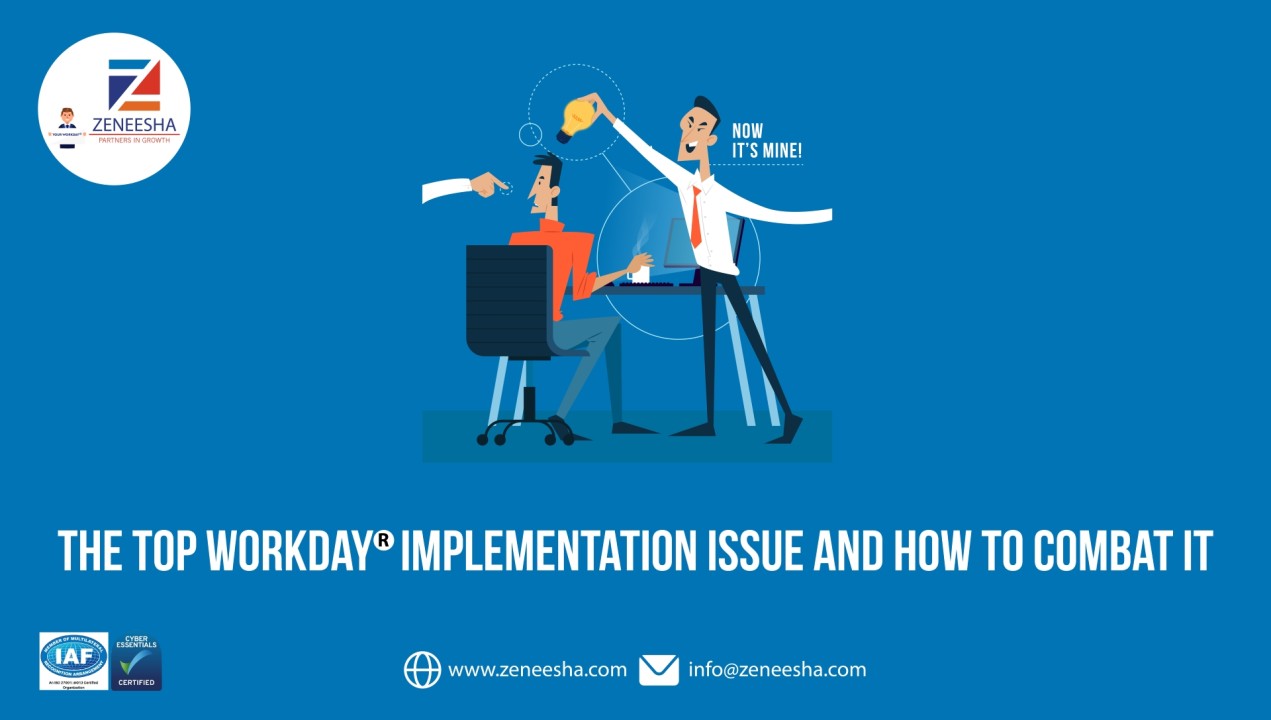
The Top Workday? Implementation issue and How to Combat it
Training emerges as a prevalent challenge in Workday implementations. While the platform boasts robust features, its complexity demands tailored training programs. Addressing user proficiency is pivotal to maximizing Workday's potential.?
Why training is the biggest challenge in Workday implementation?
?? Complexity of the Platform
Workday's complexity stems from its multifaceted nature, combining HR, finance, and other business functions into a single system. Training needs to cover a wide array of features, including employee management, payroll processing, financial reporting, talent acquisition, and performance management. Understanding the interconnectedness of these modules and how they integrate with existing processes is essential for users to effectively navigate the platform.
?? Diverse User Base
Workday users span various departments, roles, and skill levels within an organization. Training programs must accommodate diverse learning styles, preferences, and proficiency levels. Tailoring training content and delivery methods to meet the needs of different user groups enhances engagement and retention of knowledge.
?? Continuous Updates and Changes
Workday regularly introduces updates, enhancements, and new features to improve functionality and address user needs. Training materials must be updated accordingly to reflect these changes, ensuring that users are equipped with the latest information and capabilities. Continuous communication about updates and access to training resources help users stay informed and adapt to new features seamlessly.
?? Time and Resource Constraints
Developing and delivering effective training programs requires significant time, effort, and resources. In the fast-paced environment of Workday implementation projects, organizations may face challenges in allocating sufficient resources, scheduling training sessions, and providing ongoing support. Prioritizing training as a critical component of the implementation process helps mitigate resource constraints and ensures successful user adoption.
?? Resistance to Change
Resistance to change is a natural response to organizational transitions, including the introduction of new technology like Workday. Users may be apprehensive about learning new systems, fearing disruptions to familiar workflows and processes. Change management strategies, including clear communication, executive sponsorship, and user engagement initiatives, help address resistance and foster a positive mindset toward the transition.
?? Integration with Existing Systems
Workday often integrates with existing systems and processes within an organization, such as legacy HR or finance systems. Training users on how to navigate these integrations, understand data flows, and troubleshoot integration-related issues requires a deep understanding of both Workday and the existing systems landscape. Hands-on exercises and real-world scenarios can help users grasp the complexities of system integration.
?? Customization Requirements
Organizations frequently customize Workday to align with their unique business processes, industry requirements, and regulatory standards. Training programs need to accommodate these customizations and provide guidance on how users can leverage customized features effectively. Interactive workshops, role-based training sessions, and scenario-based learning help users understand how to apply custom configurations to their daily tasks.
?? Geographic and Cultural Differences
Global organizations operate across diverse geographic regions and cultural contexts, each with its language, customs, and business practices. Training programs must consider these differences when designing content, selecting delivery methods, and scheduling sessions. Localization of training materials, translation services, and culturally sensitive communication help ensure that training resonates with diverse audiences and fosters inclusivity.
?? Sustainability of Training Efforts
Training is an ongoing process that extends beyond the initial implementation phase. To sustain user proficiency and system adoption, organizations need to provide continuous reinforcement, support resources, and opportunities for skill development. Virtual learning platforms, knowledge repositories, user communities, and mentorship programs enable users to access training materials, seek assistance, and share best practices at their convenience.
?? Measuring Training Effectiveness
Measuring the effectiveness of training programs is essential for evaluating their impact on user proficiency, system adoption, and organizational objectives. Key metrics may include user satisfaction scores, proficiency levels, system utilization rates, and business outcomes such as productivity gains and cost savings. Regular assessments, user feedback surveys, and performance metrics help organizations gauge the success of their training initiatives and identify areas for improvement.
How to combat the challenges?
?? Complexity of the Platform:
?? Diverse User Base:
?? Continuous Updates and Changes:
?? Time and Resource Constraints:
?? Resistance to Change:
?? Integration with Existing Systems:
?? Customization Requirements:
?? Geographic and Cultural Differences:
?? Sustainability of Training Efforts:
?? Measuring Training Effectiveness:
Conclusion
After implementing these solutions, organizations can overcome the challenges of training in Workday implementation and ensure successful adoption and utilization of the platform across the organization.